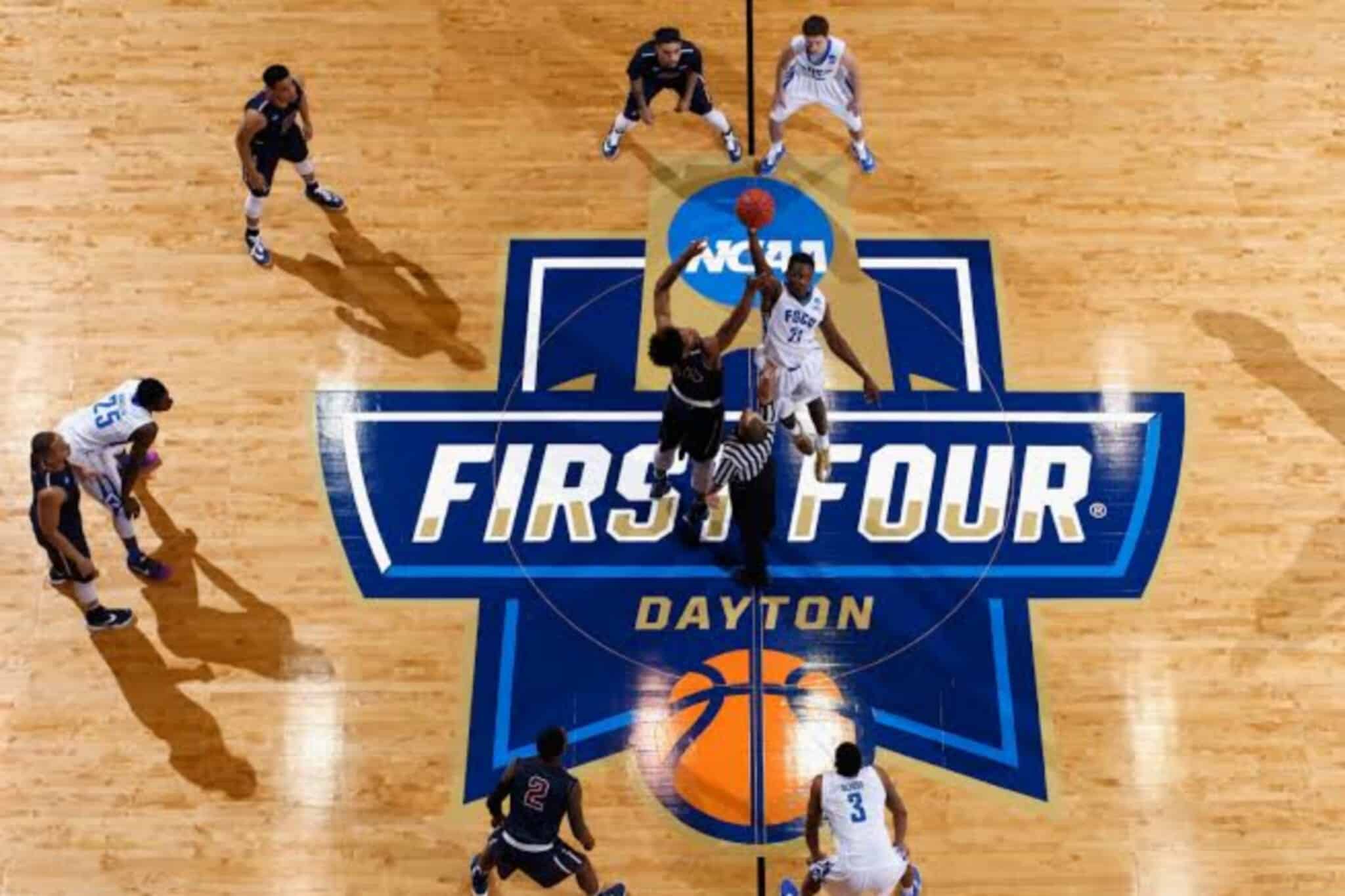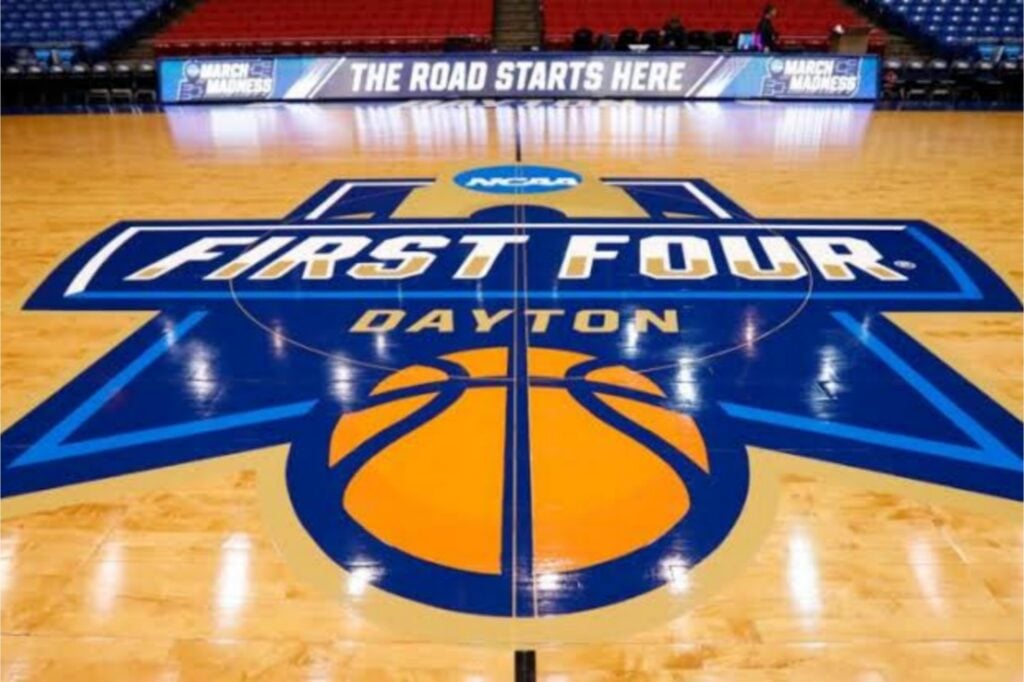Why do 11 seeds have a play in the First Four?
The First Four includes the lowest automatic bids & the lowest ranked teams. But exactly why do 11 seeds have a play in the First Four?

In the NCAA basketball tournament, the two of the First Four games generally determine lowly No. 16 seeds. The remaining games are then played by four 11 seeds in the men’s tournament.
As the teams that are seeded 13-15 ultimately gain a pass into the main part of the tournaments, a handful of 11-seeds are eliminated before the next rounds. It is important to note that the First Four includes the lowest automatic bids as well as the lowest ranked teams. But exactly why do 11 seeds have a play in the First Four?
Related: How many times has the No.16 seed beaten the No.1 seed in men’s NCAA tournament history?
Why do 11-seeded teams have a play in the First Four?
The 11-seed rule is originally based on the format of the way the brackets are filled out by the tournament selection committee. The general method of filling out the NCAA tournament bracket includes three stages.
First, the 36 teams are selected at large. Then every team is seeded between 1-68. It is only then that the teams are placed in the brackets. As all 68 teams get seeded, the last four teams between 65-68 are then put in the First Four.
Now these usually get to the bottom seeded teams so they can receive automatic bids by winning conference tournaments.
With that being said, the rest of the First Four teams generally come from the four lowest ranked teams out of the group of teams that received at-large bids. And hence, these teams which are often seeded either 11th or 12th end up facing each other to advance into the next rounds. The winner of the showdown has to play the fifth or sixth seeds in their next fixture.
To sum it up, the First Four games are played by the four lowest-seeded at-large bids and four of the lowest-seeded automatic bids. This method is employed to ensure that small teams which join the tournament by winning conference titles are not eliminated early on.
How does the Matchup for the First Four work?

The actual matchups for the First Four, however, work in a slightly different fashion. The Official statement from NCAA is as follows:
“The last four at-large teams on the overall seed list, as well as teams seeded 65 through 68, will be paired to compete in the First Four games on Tuesday and Wednesday following the announcement of the field. (If allowed, the last at-large team on the seed list will be paired with the second-to-last at-large team on the seed list. The other First Four games will consist of the third-to-last at-large team on the seed list playing the fourth-to-last at-large team on the seed list, as well as seed 65 versus 66; and seed 67 versus 68)”
To break that down, as the First Four games’ teams are ranked – Team No. 1 faces Team No. 2 while Team No. 3 faces No. 4. This is followed for both the overall bottom seeds as well as the at-large teams for the First Four games.
First Four Misfortune?
Nevertheless, as the norm goes, starting First Four comes as somewhat of a misfortune but that isn’t always the case. Even though the chances of perhaps being eliminated right at the beginning of the tournament is surely concerning, it shouldn’t be as intimidating as it looks.
Instead, it has actually been recorded that a team playing in the First Four generally advances to at least the Round of 32 in nine of the ten men’s NCAA tournaments since 2011. The perfect example would be UCLA, who made it to the national semis in 2021. Virginia Commonwealth’s Final Four run in 2011 also started with the team being placed in the First Four.
In case you missed:
Paige Spiranac enjoys NCAA’s March Madness, lures fans in with Tweet
NCAA Division I: Season Preview







